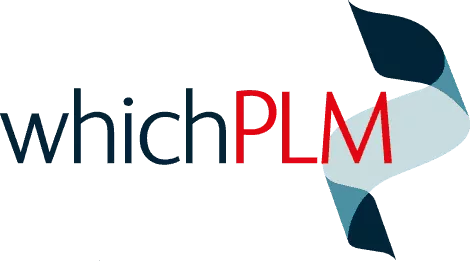One of the most effective means of taking time out of the product development process is to join up the extended supply-chain…
Today most retailers, brands and manufacturers that have implemented PLM tend to limit supply chain connectivity to its first level supplier, i.e. the supplier of the finished product. These companies are missing great opportunities to decrease the product development process and to improve the overall efficiency and profitability of their businesses.

So why is it that they tend to stop at what we call level one (partner connectivity)?
Perhaps the biggest reason is the one off cost of licenses that have to be purchased for every stake holder across the extended supply-chain, which for some businesses can become a very expensive part of their PLM implementation and rollout. PLM partner licenses tend to be expensive when you consider the actual requirements of the supply-chain, for example, let’s look at a typical supply-chain of a medium sized retailer:
Supply – chain license requirements (relative to size)
– Internal users: 50-100 users
– Level 1 (product supplier): 10-20
– Level 2 (Mills & Trim) : 10-20
– Level 3 (Lab’s / 3rd Parties): 5-10
– Level 4 ( Logistics / QA): 5-10
The overall requirement in this example
Low Side High Side
Internal 50 100
External 30 60
Total 80 160
High cost = low usage
Now let’s consider the cost, which is obviously one of the biggest reasons for the current low level of usage across the supply-chain. It’s far easier and more cost effective for a Mill to share it material data with its customer by email and with no real cost to them apart from the time to write and send the data.
There are many other reasons for low adoption across the supply-chain, including poor education of the overall benefits to all parties. If we take the example above it may be very simple to email the data to the customer but the fact is that the Mill is missing a great opportunity to become an integrated part of the supply-chain which will help benefit both their customers and themselves. It’s important that both customer and supplier should measure the benefits carefully and share the rewards, if you want to make a difference and reduce the time to market.
So what can the PLM industry do to help improve the adoption of PLM across all levels of the supply chain?
– The first and most obvious is to lower the cost of partner licenses, so that more parties can benefit from collaborative development.
– Improve education and involve all levels early on in the PLM project (planning, sharing, business rationale for investment) to improve uptake.
– Share the cost of partner licenses, based on the level of benefits delivered to each party, this is an area that could be measured.
- PLM Solution Suppliers could deliver input and output standards for product data using XML (example). This way, we could see a future supply-chain, using data that would simply connect into their own internal solutions such as order management, ERP, tracking, fabric development reducing the need for PLM partner licenses.
– PLM suppliers could be a little more creative on pricing of partner licenses to help increase the up take based on the level of process usage. In the long term I’m sure that by lowering the partner licenses the PLM suppliers will benefit from an increased usage across the extended supply-chain.
The above suggestions would enable far deeper integration and for me would be the best possible solution to improve the uptake of PLM across the extended supply-chain for all stake holders.
Over to the PLM Suppliers, let’s see a little creativity…!
Contact me
Please free to share your experience in assessing and selecting a PLM solution. Email me at mark@whichplm.com I look forward to your feedback.
Mark
Mark Harrop is a leading Apparel PLM expert with more than 34 years experience in the industry. Mark co-founded the Product Development Partnership Ltd, the team of experts behind WhichPLM.




